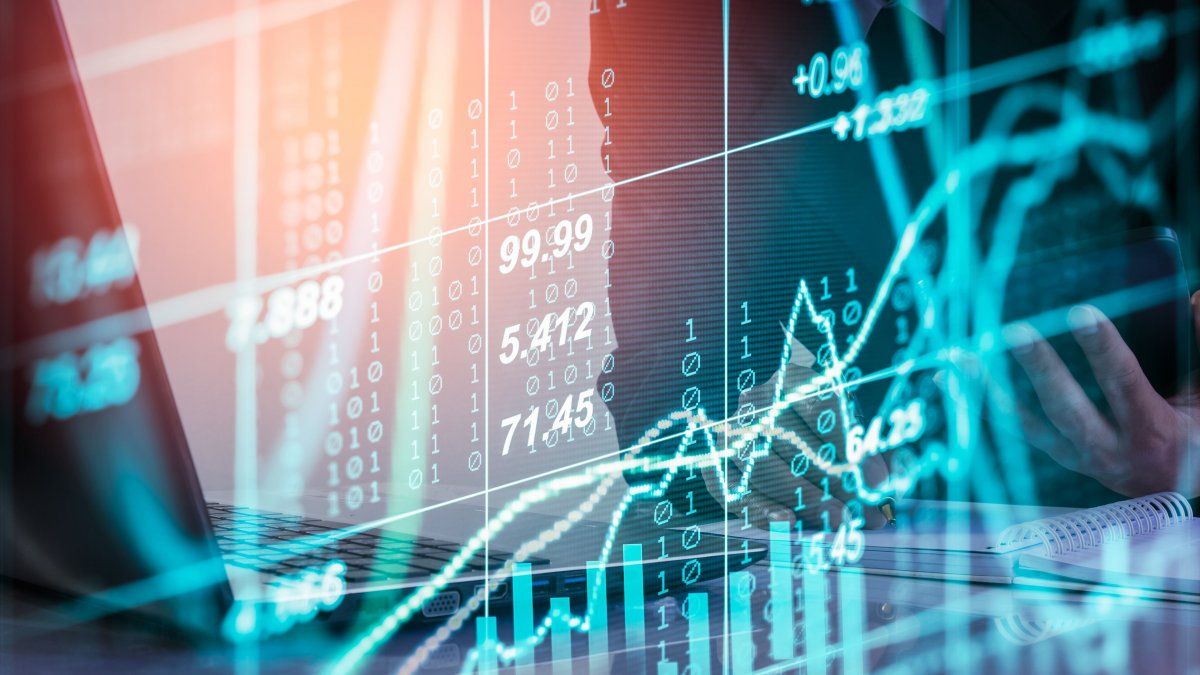However, the drop comes from a very high base and leaves the annual total still well above pre-pandemic levels, with US companies leading share buybacks in 2023. The data comes from the annual Share study Janus Henderson Buyback.
American companies were the largest buyers of their own shares, with a total of US$773,000, representing 7 out of every 10 dollars worldwide. However, they also made a significant reduction; Buybacks in the US were reduced by US$159 billion, 17% year-on-year.
American technology companies were the ones that cut the most, with $69 billion less than the previous year. Between themMicrosoft and Meta reduced buybacks by almost a third, and Apple by a seventh.
Overall, in the US, the number of companies that spent less on share buybacks exceeded those that spent more by 1.8. However, the value of the buybacks was 1.2 times the value of dividends paid by US companies in the Janus Henderson Global Dividend Index.
UK: Shell sets the trend
Outside the US, UK companies were the largest buyers of their own shares, representing 1 in every 17 dollars of the world total in 2023. Purchases, worth US$64.2 billion, represented only 2.6% less year-on-year and were equivalent to 75% of the dividends paid.
Shell was the largest non-US buyer of its own shares (represents almost a quarter of the British total), but considerably reduced its purchases in 2023, like BP, BAT, Lloyds and other large blue-chip British companies. Significant increases from HSBC, Barclays and others almost offset these cuts, meaning only a small overall decline for the year.
Europe, with record levels in Spain and Italy
Buybacks are increasingly generous in Europe. Across the region, total payouts rose 2.9% to $46 billion in 2023 (versus an underlying 20% increase in dividends over the same period).
There were considerable variations from country to country: buybacks reached a record level in Italy (driven by Unicredit and Stellantis), Spain (driven by Santander, Iberdrola and Telefónica), Norway (Equinor) and Belgium (AB-Inbev and KBC), although France, Switzerland and the Netherlands recorded the highest value of shares repurchased.
The biggest decline was in Switzerland, where most companies reduced buybacks; Nestlé was the hardest hit, cutting its program almost in half, to $5.8 billion.
markets stocks live finance investments
Depositphotos
“Many companies use buybacks as a safety valve: a way to return excess capital to shareholders without creating expectations of dividends that may not be sustainable in the long term. This is especially appropriate in cyclical sectors such as oil or banking.” said Ben Lofthouse, head of Global Equities at Janus Henderson.
And he added: “This flexibility explains why buybacks are more volatile than dividends. “It also means there is no real evidence that buybacks are replacing dividends.”
“Meta, for example, paid its first dividend in 2024. Additionally, the relative size of buybacks compared to dividends fell in all regions except Japan and emerging markets (where there are data lags). “It is clear that companies continue to support dividends as a means of returning capital to shareholders,” Lofthouse noted.
Telecommunications, banks and automotive companies were the ones that repurchased the most shares
At the sector level, technology, healthcare and financial companies recorded the largest reductions, and the greatest impact was seen among US companies. In fact, outside the US, healthcare companies increased their buybacks.
Companies in the chemicals, mining and consumer staples sectors, such as tobacco and household products, also cut back on share buybacks. Globally, telecommunications, banks and vehicles companies recorded the most significant increases.
It’s worth noting that buybacks are highly concentrated: just over half of the companies in Janus Henderson’s 1,200-company index bought back shares in 2023, but only 45 of them accounted for half of the annual total spent on share buybacks globally.
“Rising interest rates have influenced the decline in share buybacks: when debt is cheap, it makes sense for companies to take on more debt (as long as they do it wisely) and use the proceeds to retire expensive capital social,” Lofthouse explained.
Source: Ambito
I am a 24-year-old writer and journalist who has been working in the news industry for the past two years. I write primarily about market news, so if you’re looking for insights into what’s going on in the stock market or economic indicators, you’ve come to the right place. I also dabble in writing articles on lifestyle trends and pop culture news.




